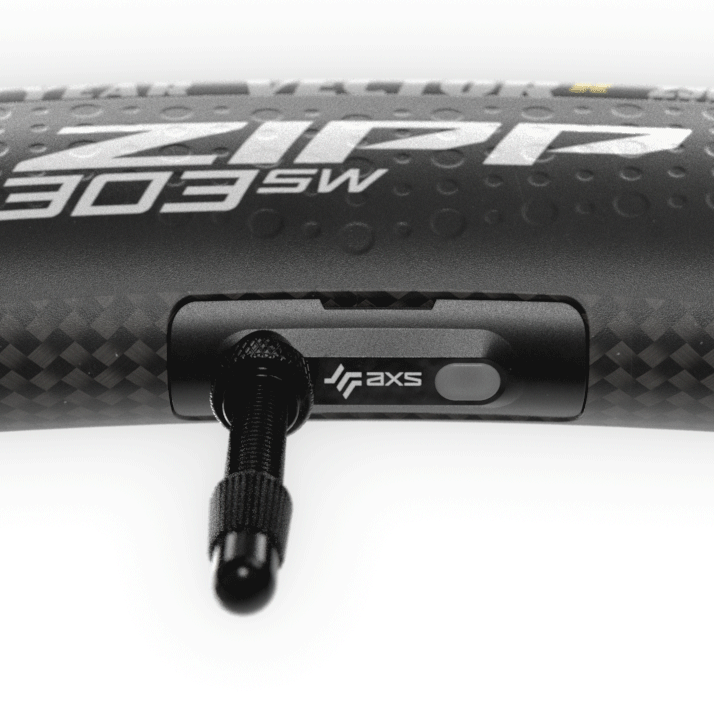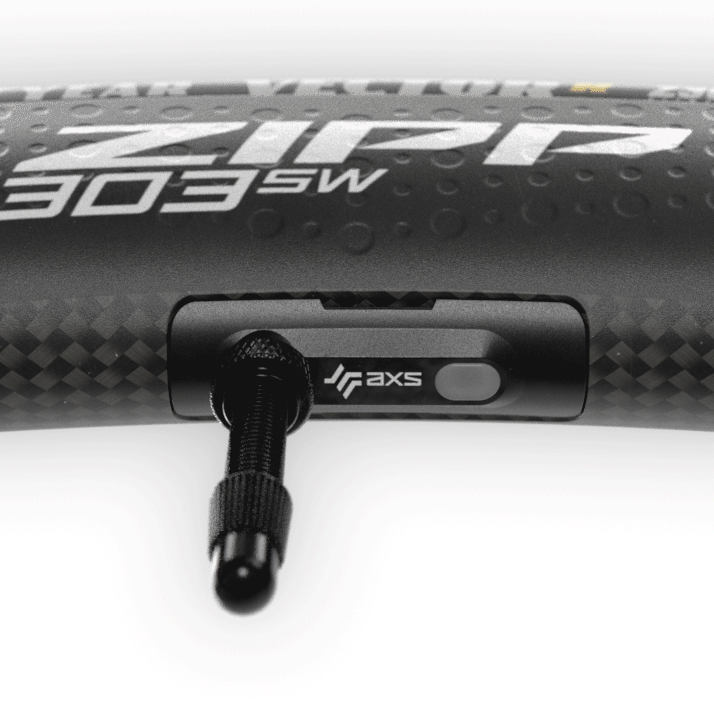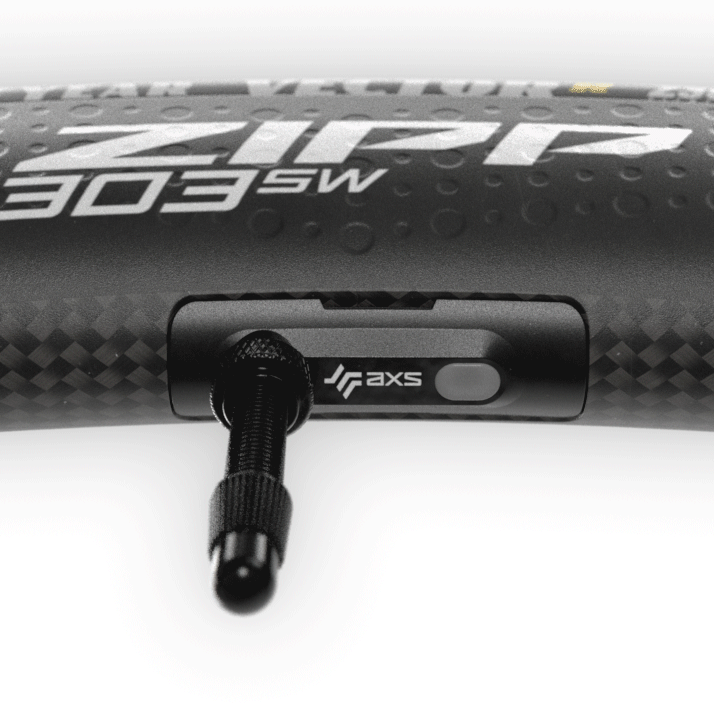Step 2: Know your battery basics
The battery insulator ensures your Zipp AXS Wheel Sensors stay dormant during shipping. Once the insulator is pulled, the battery will power the Zipp AXS Wheel Sensor whenever your wheels move. Each sensor houses a replaceable CR2032 coin cell battery that will last approximately one year for most riders.














